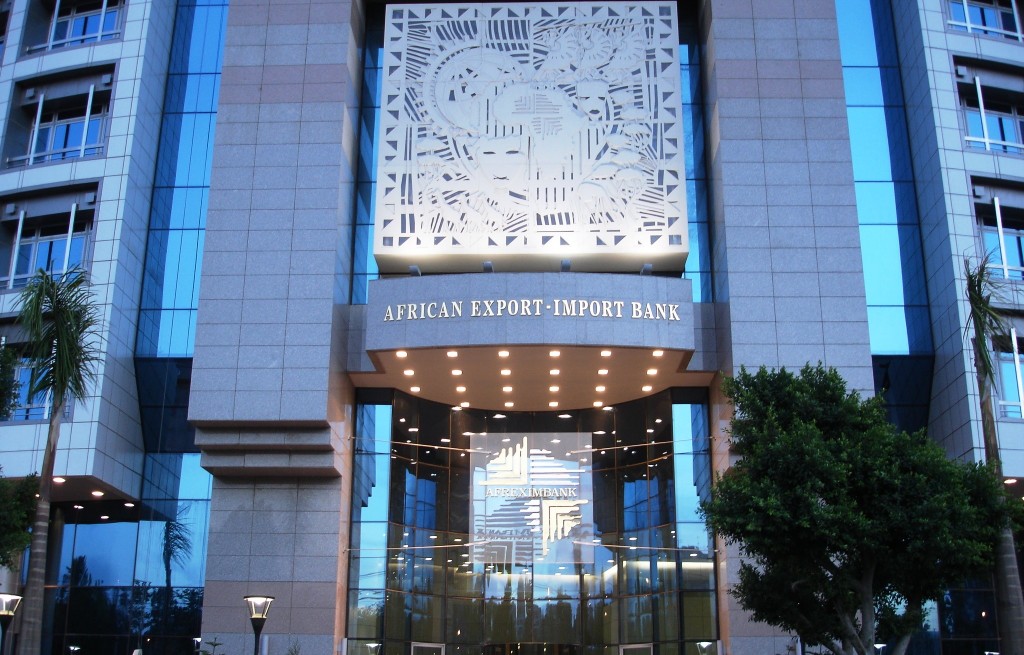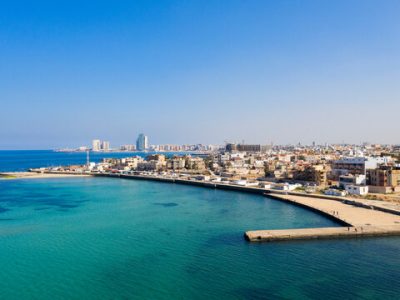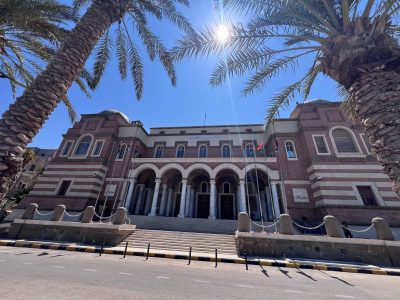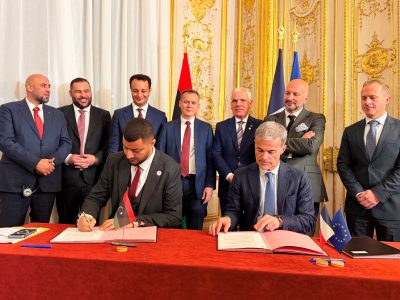Libya Afreximbank Membership: Unlocking Regional Finance for a Fragile Economy
When Libya formally joined the African Export-Import Bank earlier this year, policymakers hailed the move as a step toward unlocking continental finance for a fractured economy in recovery. But behind the applause lies a more complicated challenge: how to translate regional support into lasting, inclusive development in a country still reeling from years of division and volatility.
Across Africa, countries recovering from conflict have turned to institutions like Afreximbank and the African Development Bank (AfDB) for support. From Mozambique’s reconstruction to South Sudan’s oil-backed trade finance, these engagements have yielded mixed results. Some brought job creation and fiscal stability. Others collapsed under debt burdens or became mired in corruption. As Libya seeks to carve its own path, officials and observers alike are combing through the lessons.
Successes in the Details
In Mozambique’s northern Cabo Delgado region, where violence displaced over 800,000 people, the AfDB took a community-first approach. Recovery funds were channeled into infrastructure selected by local councils, with an explicit focus on women’s employment and youth livelihoods. Schools and health posts were rebuilt not only by contractors, but by locals trained through job schemes. Officials later noted that the strategy built trust, reduced tension, and ensured money reached the ground.
In the Democratic Republic of Congo, a country grappling with both conflict and chronic underinvestment, the AfDB emphasized governance reform. In September 2025, it held a series of training workshops in Kinshasa to build capacity inside government ministries. Participants were taught how to monitor spending, track procurement, and design budgets with performance targets. That technical push gave structure to fragile public institutions, helping unlock future project finance.
Libya has already begun to emulate some of these steps. The AfDB is supporting a public financial management reform program inside the Ministry of Planning, focused on digitizing expenditure tracking and increasing budget transparency. The work is critical if the country is to absorb large volumes of aid or credit in the future.
Afreximbank, for its part, has a long track record of using trade finance to resuscitate economic flows in fragile environments. In the Democratic Republic of Congo, it extended a $100 million trade line to a major private bank to boost import-export activity and support hard currency reserves. For South Sudan, however, trade support came with strings attached – and consequences.
The government in Juba received hundreds of millions in financing from Afreximbank between 2017 and 2021, largely collateralized by oil deliveries. But poor oversight, war-related disruptions, and opaque repayment terms eventually triggered default. Earlier this year, a London court ruled against South Sudan, ordering repayment of over $650 million. Such borrowing, while attractive in the short term, can spiral without careful planning.
A Cautious Roadmap for Libya
Libya is not South Sudan. Its economy, though battered, remains anchored by substantial oil exports and a strategic location in the Mediterranean. But its political divisions run deep, and institutions remain fragile. That makes direct replication of other models risky, and policymakers here appear to recognize the need for a tailored approach.
Trade finance is one area where incremental steps may hold promise. Afreximbank has expressed interest in supporting Libyan commercial banks with credit lines and guarantees for trade transactions, including oil-related services and port logistics. The potential is significant. With proper oversight, even modest guarantees can help Libyan firms import equipment or finance exports without draining state reserves.
Infrastructure is another topic under discussion. Afreximbank has floated interest in cross-border energy projects, including pipeline enhancements and power grid connectivity with Egypt and Tunisia. Such ventures will require more than capital. Involving municipal governments, community stakeholders, and independent monitors could help build accountability and reduce the risk of project capture.
Some of the hardest lessons from other post-conflict economies eventuated from misalignment between finance and capacity. When funds arrived faster than institutions could manage, oversight faltered and results suffered. Libya’s fragmented governance only sharpens that risk.
Still, there are signs of restraint. The Ministry of Economy has begun informal consultations with business associations and local chambers of commerce over what sectors might benefit most from regional finance. At the same time, international partners are advising Libya to phase in support: begin with smaller guarantees or blended finance tools, and scale up only when absorption improves.
Corruption remains a specter. South Sudan’s Afreximbank-backed fuel deal with a politically connected firm became a lightning rod after investigative reports linked it to bribery. The episode underscored the importance of transparency and international procurement standards. For Libya, which has struggled with elite capture across multiple sectors, these safeguards will be essential.
Libya’s membership in Afreximbank opens doors. But where those doors lead depends on the country’s ability to navigate its own complexities. Its oil wealth is both asset and liability – able to fund growth or enable complacency. Its institutions are rebuilding, but far from robust. Yet its people, particularly in municipalities that recently held local elections, are demanding services and stability.
In the end, Libya will not be judged by how quickly it borrows or builds, but by how carefully it chooses its steps. The examples are there for study. The challenge lies in choosing what to emulate, and what to leave behind.




